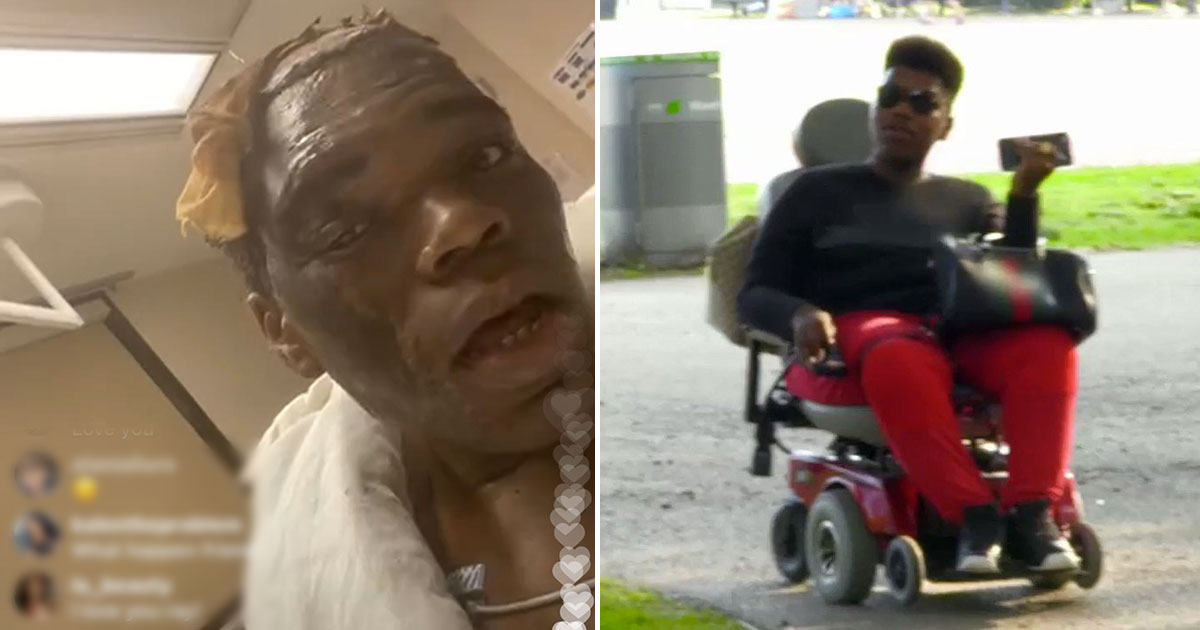The theory about photos taken of Martin Luther King and during the civil rights era claims that the photos are edited to make the era seem a lot older than what it is!
Before I start with this deep dive, I want to take a moment to say Happy Martin Luther King Day! King is a hero to us all! More than half a century has passed since Martin Luther King Jr. stood on the steps of the Lincoln Memorial calling for freedom and equality. However, the fight for this justice isn’t over yet. In honor of Rev. King, I wanted to analyze this claim and find out whether it’s fact or fiction.
Last year, a post on social media began to circulate and gain traction. The post made claims that photographers made photos during the civil rights era in color. However, the photos were then purposefully shown in black-and-white to make them appear older. The post appeared on Twitter with over 60k likes and on Facebook with multiple shares.
The post consists of four-color photos from the 1963 March on Washington, the 1965 Selma March, and a demonstration in 1968.
Although it’s unclear through what medium the user claims the photos were intentionally shown in black-and-white, some context about the history of photography is essential to understanding why most photos of the civil rights movement are black-and-white.
Why Are Some Photos In Color?
Color photographs of the civil rights movement have surfaced in recent. The photographer, Bernard Kleina, was able to capture the colored photos, making them some of the only known color photographs of King in Chicago! Furthermore, reverse-image searches have only found very few instances of the four photos in the post in black and white. Other than those black and white pictures, the majority of those circulating are actually in color.
David Haberstich, a curator of photography at the National Museum of American History, said the dearth of color photographs from the era, in general, is in part due to economic constraints. In the 1960s, the cost of color film was more expensive than black-and-white film. In addition to color film cost, printing in color was expensive as well! Most newspapers did not start printing in color until decades after the civil rights movement.
Adding to the high cost of color production, a lack of time also restricted photographers from shooting with color film. Short deadlines meant photojournalists working did not have time to wait for color film to process. In other words, processing photos in color took longer and was a more technically difficult process. Furthermore, David Burnett, a longtime photojournalist, said being able to quickly submit photos to editors was essential to getting your work published.
“Almost no newspapers were able to publish color in the same day that something happened,” Burnett said. “Color … needed what amounted to an extra week to be able to get everything plated right.”
So, by knowing that information, it tells us that the ability to make colored photos and film was there in the 1960s, it just wasn’t easy to do! One final thing to note is that a publisher who took a color photograph and printed it in black-and-white without the permission of the photographer could be subject to a copyright lawsuit for altering the work.

Aside From the Limits, Black and White Photos Was A Craft
On top of money and time limits, many photographers and documentarians preferred black-and-white photography for artistic reasons.
Before color became the norm, Burnett said photographers considered black-and-white photos as a “truer” form of documentation. The black-and-white pictures seem to be less distracting; Most likely causing us to focus on emotions and expressions. “A lot of photographers think in black and white. They think in monochrome. They think in greyscale,” Burnett said. “And it isn’t a way of trying to make you think it was a long time ago.”
Fairness to skin color
An interesting fact about photography during this time is that color film was created in favor of “white subjects.”Leslie Wilson, a photo historian explains, that because photographers set their color calibration to white subjects, they often struggle to show details of black ones.
“While it may seem that photo editors have done a disservice to Black subjects in the context of the civil rights era by not reproducing photographs in color, there are larger questions about the nature of the technology itself and who it was made for and how it did the work of representation,” Wilson said in an emailed statement. “The bigger issue may be less about color [versus] black-and-white, but more about how we have needed better photo technology to do the work of representing the full spectrum of humanity.”
Wilson says she’s aware of the way in which the controversial social media posts. However, she explains that those photos during that time “are representations shaped by technology” that is also rooted in the “socio-political dynamics of our society.” This representation, she says, “definitely includes race.”

The Ruling For This Claim: Partly false
After doing some research, sources rate this claim as partly false. This is because it excludes the context necessary to understand the difference in use between black-and-white and color photographs taken during that time. Even with documented evidence of photo suppression during this time, experts say the use of black-and-white over color photography was not part of it.
The misinformed post overlooks the fact that color photos was rare in the 1960s. This was due to its higher price and photojournalists’ need for quick production. This was also due to the sentiment of black-and-white photography being the “true” way of documentation. Lastly, the challenges surrounding accurately depicting people of color with the color film were a problem as well.




